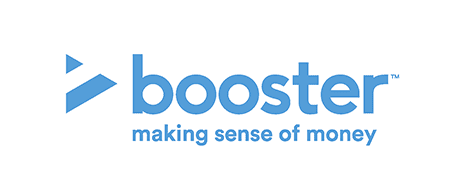Booster has announced a new tiered fee structure, effective from 1 October 2021, where fees decrease as your KiwiSaver balance grows. We explain how this will impact your account growth over time and what it means for investors and their managed funds.
How fees were applied previously
Previously, Booster and most other KiwiSaver providers charged fixed percentage-based management fees. These fees varied depending on the level of fund volatility, with more actively managed and higher-risk funds generally incurring higher charges. In addition to management fees, a fixed monthly member fee was also applied.
Under this structure, all investors were charged the same rate regardless of their balance, meaning fees did not decrease as account balances grew.
How the new tiered structure works
The new tiered structure introduces progressive reductions in fees as balances increase. This change encourages long-term investing by lowering costs for those with larger KiwiSaver balances. However, investors with smaller balances may experience relatively higher fees initially, affecting early-stage growth.
What this means for KiwiSaver investors
The shift to a tiered structure may influence investor decisions, particularly for those focused on long-term growth. Investors with lower balances may see higher initial costs, while those with substantial balances will benefit from reduced fees over time.
For KiwiSaver providers, this structure could lead to industry-wide changes as more providers assess the benefits of a tiered model. While Booster’s total fee revenue may remain stable, the redistribution of fees could impact how costs are managed across investor groups.
If you’re considering how this change affects your investment strategy, speaking with a financial adviser can help determine the best approach for your KiwiSaver plan.
National Capital is a research-led, independent financial advice provider specialising in KiwiSaver. Complete our HealthCheck to ensure your investment is aligned with your goals.
Key takeaways
- Booster’s fees now decrease as KiwiSaver balances grow.
- The new structure applies to both new and existing clients.
- Investors with larger balances benefit the most from reduced fees.
- Smaller balances may see higher relative fees, but these reduce over time as the balance grows.
Published on:

